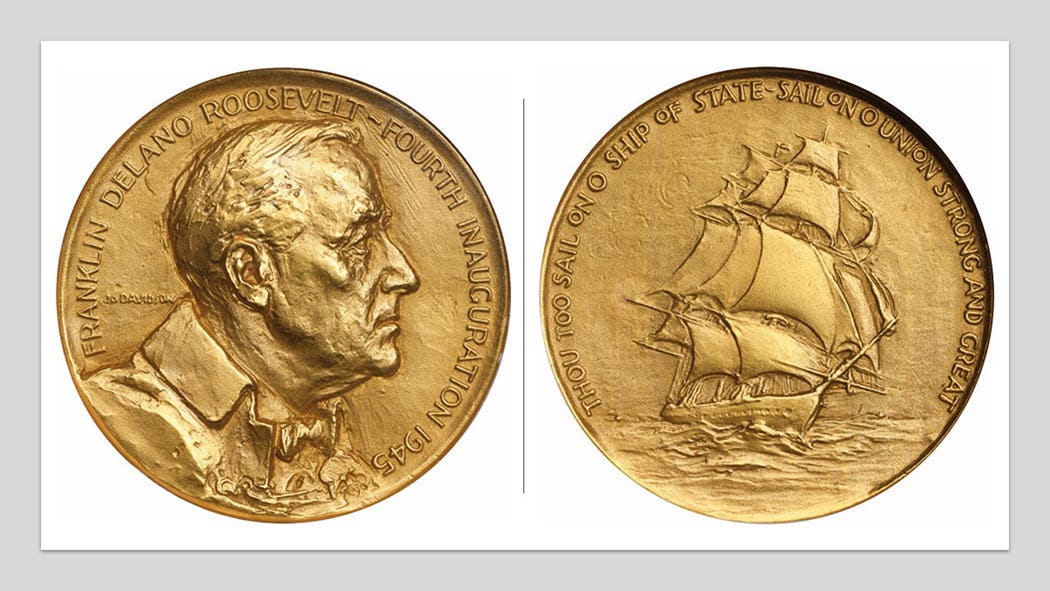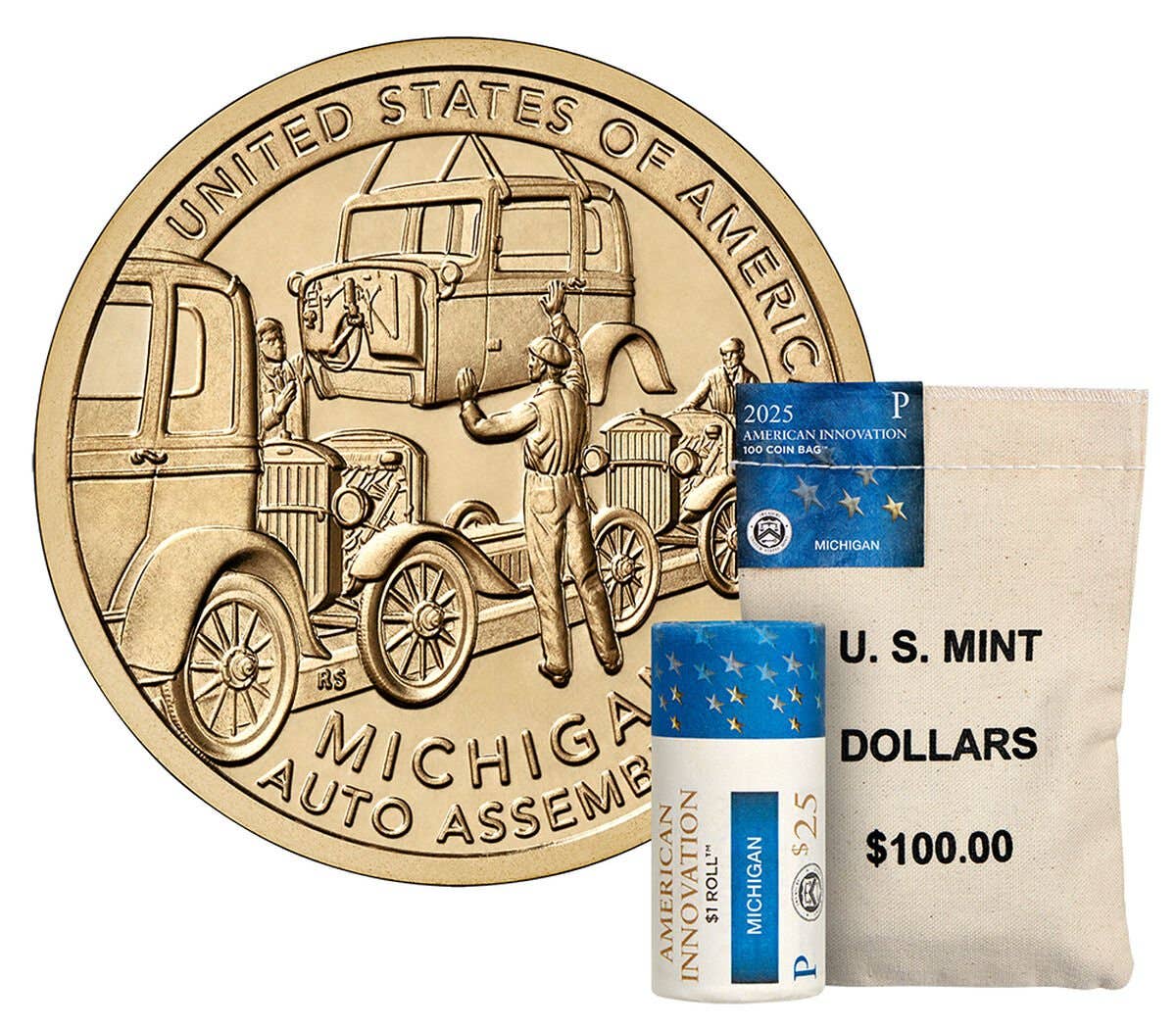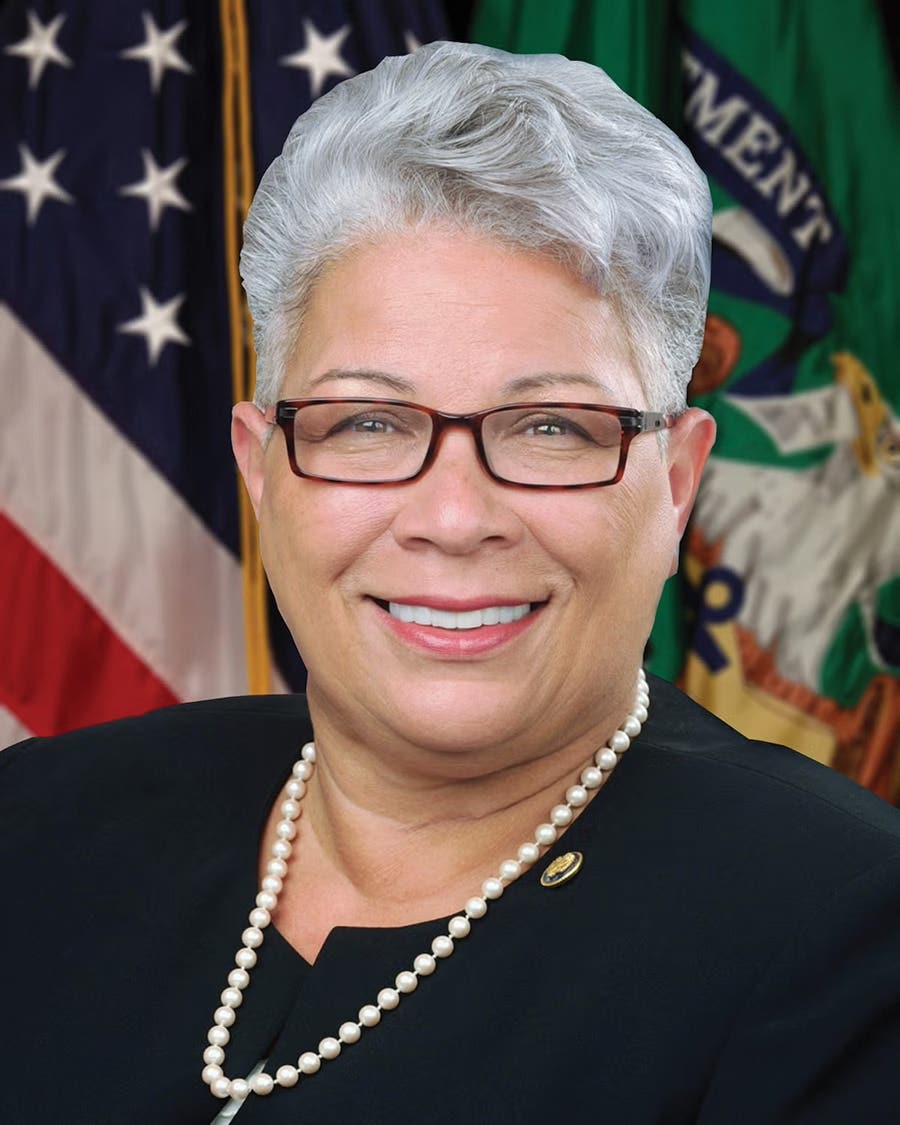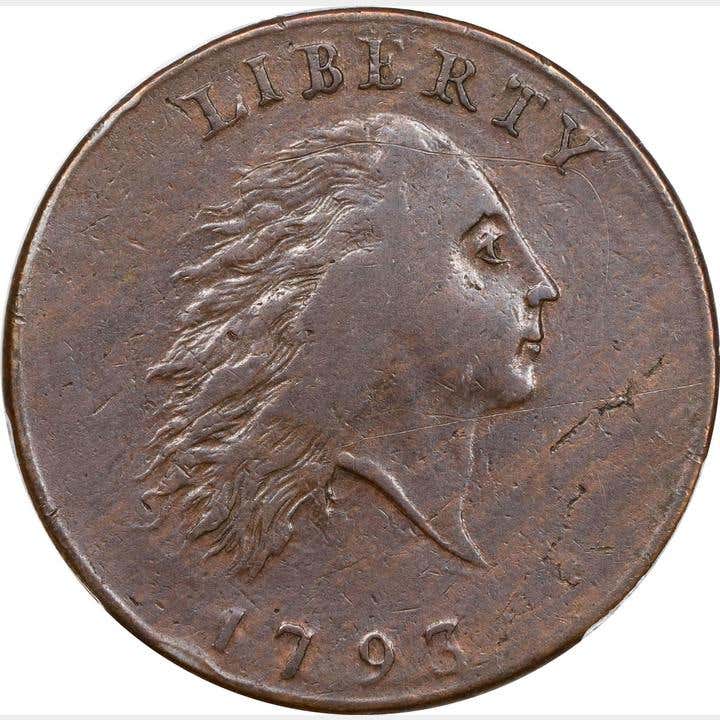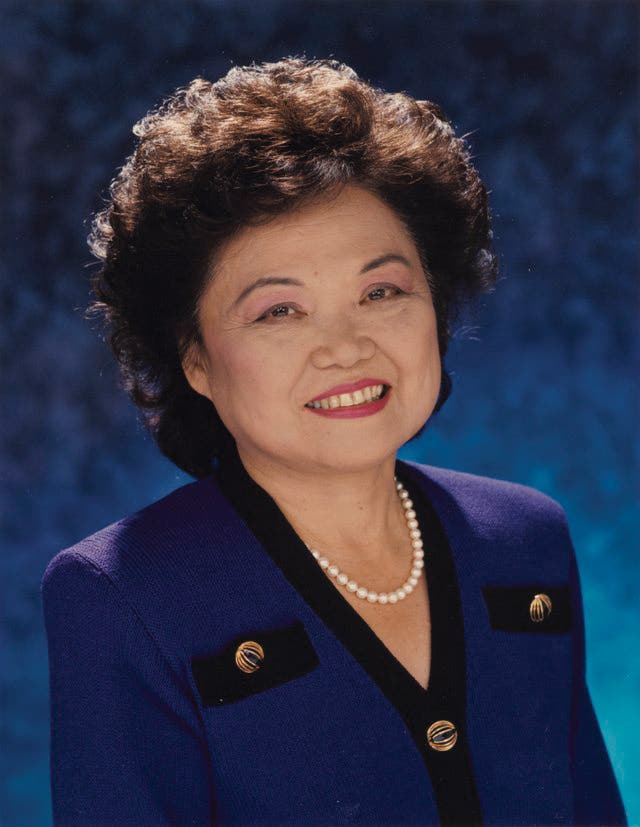September Long Beach U.S. Coin Auction brings in $18.2 Million
Two extremely rare coins from The Poulos Family Collection – an 1876-CC twenty cent piece and a Proof 1975 dime without the S mintmark – sold for $456,000 each as…
Two extremely rare coins from The Poulos Family Collection - an 1876-CC twenty cent piece and a Proof 1975 dime without the S mintmark - sold for $456,000 each as Heritage’s September 4-9 numismatic auctions at the Long Beach Coin and Collectibles Expo realized well over $30 million in total. U.S. coins raised close to $18.2 million, led by the aforementioned rarities. All prices realized include a 20% Buyer’s Premium.
The 1876-CC twenty cent piece is a famous melt rarity, produced in some quantity at the fabled Nevada mint, yet almost the entire mintage was melted. Fewer than twenty examples are known today. The piece in this auction is a PCGS-graded MS64 example, formerly of the Battle Born collection.
The 1975 No S dime is an extremely modern rarity, caused by the S mintmark being left off the die used to strike this proof coin in San Francisco. Only two proof 1975 dimes are known without the mintmark (circulation strikes without a mintmark were struck in Philadelphia and are very common). This piece is the finer of the two, grading PR68 according to PCGS.
An 1889-CC dollar, graded MS-64 Deep Mirror Prooflike, deemed Carson City’s rarest Morgan brought $204,000.From The Shucart Family (JCS) Collection of Morgan Silver Dollars, this coin has beautiful cameo contrast and is highly desirable.It is one of only three MS-64 Deep Mirror Prooflike with CAC endorsement.
Another silver dollar from The Shucart Family (JCS) Collection, a Morgan dollar from 1893 in MS-61 condition also brought in $204,000 for the consignor.With the lowest mintage of the series of just 100,000, the 1893-S is a key date for collectors.It’s a very rare issue in a high grade.Most coins were released into circulation at the time they were struck and any there left over were likely melted under the terms of the Pittman Act of 1918.It is estimated that less than 100 uncirculated specimens exist today.In this grade, PCGS has seen 10, while NGC has seen 6.Between the two, 47 have been seen in higher grades.
Also worth noting is the 1892-S Morgan dollar.Graded MS-64 PCGS, this is a spectacular near-Gem rarity, second only to the previously mentioned 1893-S.PCGS has certified more than 6,000 examples of this issue, with just 73 receiving Mint State designation.
For those Numismatic News readers interested in half dollars, a rare 1817/4 Bust half dollar, key to the Overton Variety Series was part of the auction.The coin was discovered by a contractor while raking fill in upstate New York and despite being underground, it still has sharpness and displays remarkable definition.Even with some softness and light corrosion patches, this specimen is a strong contender for the second-finest of the eleven known examples.That desirability showed at the auction with a final price of $156,000 being paid.
A pair of gold ingots from Swiss-born banker and assayer Henry Hentsch that were recovered from the wreckage of the S.S. Central America were also top dollar lots in the Long Beach auction.You can read more about these ingots on page 95 of this issue.
An interesting 1792 Washington Getz Pattern Cent sold for $117,000.It is thought to be believed that this piece was struck from dies engraved by Peter Getz as a proposed coinage design for the United States.
We reported on Lot 5111 several weeks ago, an 1851 $50 Humbert Fifty Dollar.With a lettered edge and octagonal shape, this lot drew $102,000. Moffat & Co. received the contract to operate as the United States Assay Office in late 1850. New York watchmaker Augustus Humbert was brought in as United States assayer and oversaw the production of these massive fifty-dollar ingots beginning in January 1851. Although far too cumbersome for general commerce and largely regarded as a nuisance among Westerners, they were among the few coins accepted for payments at the Custom House and a necessary evil. Today, of course, they are widely beloved among collectors, who admire them for their impressive size, iconic octagonal shape, and historical significance.
From the Poulos Family Collection Part II, a 1907 Roll Rim ten dollar in AU-58 condition sold for $93,000.The latest Judd reference suggests 32,500 were stuck and all but 42 were melted, while Garrett and Guth state 31,500 were stuck and 50 survive.In either case, it’s obvious that this coin is a true rarity. This piece was probably not just a pocket piece for some fortunate collector. From the numerous abrasions scattered over each side it shows extensive contact with other coins, more than would be expected from a pocket piece. That being said, the only mark of consequence is a scrape to the left of the date. The strike is a bit soft in the centers on surfaces that are bright yellow-gold throughout.
See complete auction results at www.ha.com.




